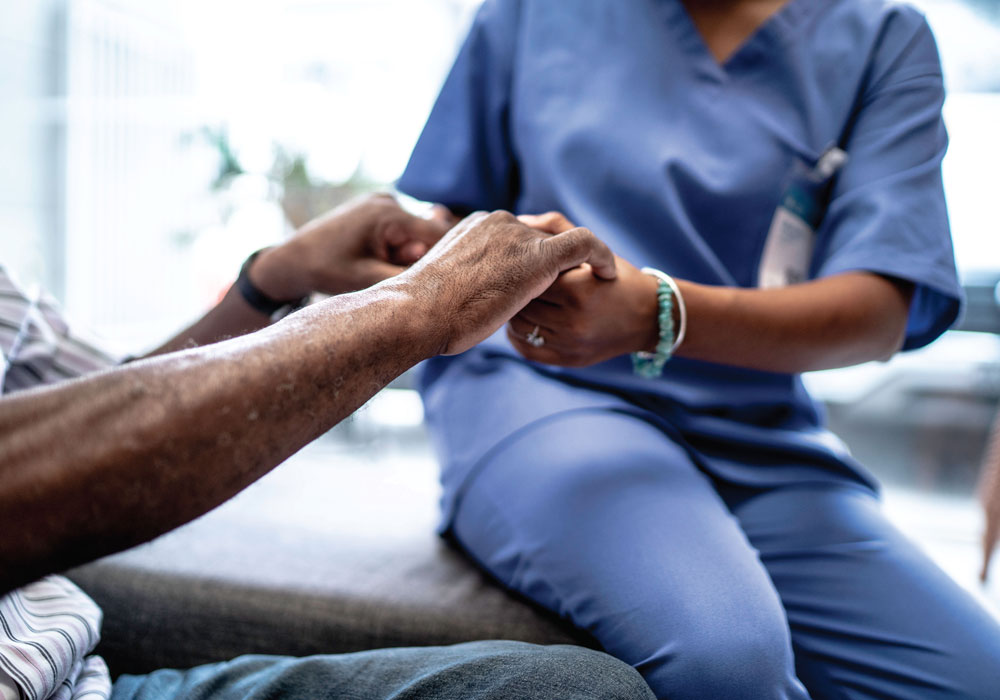By Deborah Watkins Bruner, RN, PhD, FAAN
Clinical trials are a vital part of moving cancer care into the future. Enrollment and participation provide patients with cutting-edge treatments and build the knowledge base for clinicians to offer the best possible care available. Patients who enroll in clinical trials receive a high quality of care, increased surveillance, and a greater adherence to treatment protocols because of the nature of scientific study. However, Latino and African American participation in clinical trials is low compared to their representation in the U.S. population.

To better understand the issue, researchers looked at how a person’s zip code and geography affected their participation in cancer clinical trials at the National Cancer Institute’s Radiation Therapy Oncology Group—now NRG Oncology—sites, specifically within Latino and African American communities.
Currently, African Americans make up approximately 13.1% and Latinos comprise 16% of the U.S. population. However, those numbers are considerably lower in clinical trials enrollment, at 8% and 5.6%, respectively. Access to and location of clinical trials can be considerable factors in participation. It was important to understand the rate at which Latino and African American groups participated in cancer clinical trials and the availability of facilities in areas with high minority population density.
After creating a series of maps to understand how population density, facility location, and participant travel affected clinical trial accrual, researchers illustrated that locations matters but only to a certain extent. Patients were willing to travel an average of 11.6 miles to participate in clinical trials. However, Caucasians statistically were willing to travel the longest distances at 12.9 miles, followed by Latinos at 8.22 and African Americans at 5.85 miles. Data showed that patients were willing to travel farther distances to academic sites than to sites in the community. Interestingly, the highest minority accrual rates were not at sites with a high-density population of minorities.
Understanding the geographic disparities for minorities accessing clinical trials can help determine where outreach is needed, where new partnerships could be formed for clinical trials access, and what best practices and standards are used at sites with the highest minority accrual rates. Future study and use of geographic information for patient behaviors could help nurse researchers better understand the ways geography and community access affect cancer care. Recognizing that clinical trials have defined the standard of care we use today and the improvements in care that will guide treatments tomorrow could help focus improving participation rates for minority populations.
Nurses have a significant role in research into how disparities affect patients, introducing them to valuable clinical trials and enrolling them in studies tailored to their disease. Having representation from minority groups in clinical trials is vital to improving the standard of cancer care across all populations as well as in their own demographics. Driving toward equitable access to cancer clinical trials can help move the needle on patient-centered cancer care—both now and in the future.






